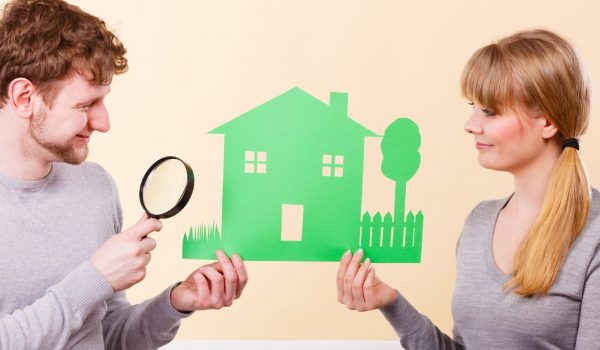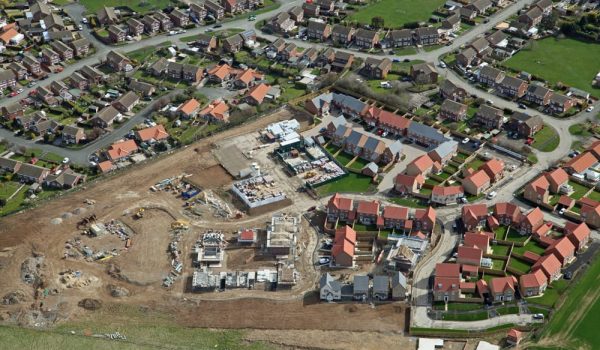With the exception of first-time buyers securing a home valued at under £300,001, everyone who buys a property or land in the UK worth more than £40,000 has to pay stamp duty.
This is a tax on property and applies to both freehold and leasehold homes, as well as commercial premises such as offices, warehouses, retail outlets etc. The tax has to be calculated and paid to HMRC within 30 days of contracts being exchanged for the property (your solicitor or conveyancer will normally see to this).
The whole concept of stamp duty has been played out frequently in the press in recent years. Two years ago, for instance, the government introduced an additional 3% stamp duty on buying a second home and for each additional property after that. It was legislation which affected the strategies of portfolio landlords in particular, and which landlord bodies campaigned against at the time – but to no avail.
More recently, stamp duty has again appeared in the press. This time it has been used by the UK government as a bargaining tool in the hope of attracting more first-time buyers onto the property market. It appears to have worked, but those first-time buyers aren’t in ‘significant’ numbers.
How residential stamp duty is calculated
Stamp duty is calculated at specific rates depending on the value of the property purchased. Property can be slotted into clear bands, such as:
| £0 – 125,000 | 0% |
| £125,001-250,000 | 2% |
| £250,001-925,000 | 5% |
| £925,001-1,500,000 | 10% |
| £1,500,001+ | 12% |
What you would pay in stamp duty would then be the percentage of the value of the property at each stage. For example, a £500,000 home would be taxed in the form of 0% for the first £125,000 then 2% on £125,000 and £200,000 at 5%. This works out at 0 + £250 + £1000 – £1,250.
First-time buyers aren’t just exempt from the first £300,000 of the value of their property but are only charged 5% up to the value of £500,000.
If it’s a leasehold property you’ve bought, then the stamp duty will be calculated on the cost of the lease.
How commercial stamp duty is calculated
Commercial stamp duty is calculated at a similar rate to residential property and also applies to mixed-use buildings i.e. a shop, clinic or office with a flat above:
| £0 – 125,000 | 0% |
| £125,001-250,000 | 2% |
| £250,001+ | 5% |
Stamp duty and buy-to-let
Instead of having the first £125,000 of the value of the property exempt from stamp duty, there is now a 3% charge on this – and every other price band too:
| £0 – 125,000 | 3% |
| £125,001-250,000 | 5% |
| £250,001-925,000 | 8% |
| £925,001-1,500,000 | 13% |
| £1,500,001+ | 15% |
This has been the case since April 2016. The charges will apply to any second home, even if your main home is outside the UK. This means it affects foreign nationals too. It’s been blamed as one of the main reasons for the fall in property values in Central London (foreign buyers don’t want to pay such high stamp duty).
When you don’t have to pay stamp duty
- The property you’ve bought is purpose-built residential units for students;
- You have inherited the property rather than purchased it;
- The property was transferred into your name as the result of a divorce settlement;
- No money was exchanged;
- The property value is less than £40,000.



